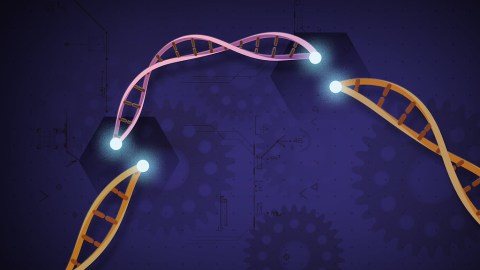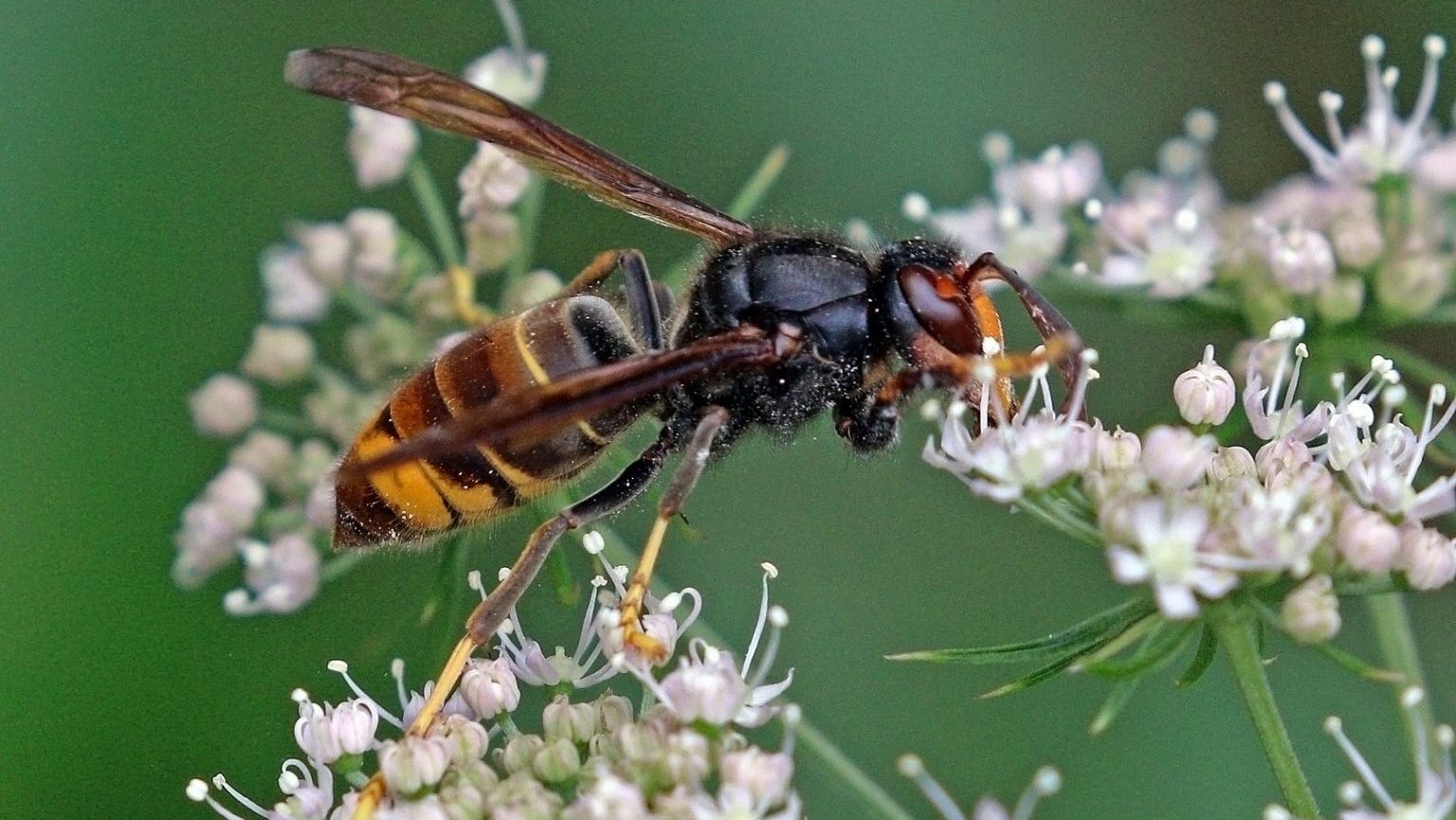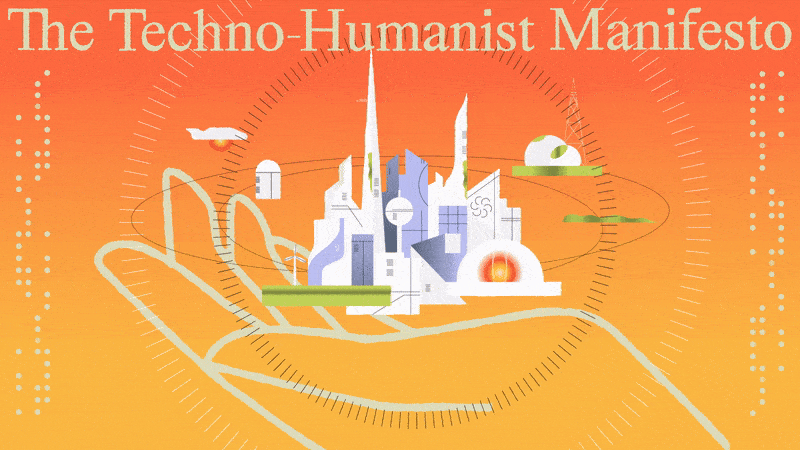5 ways CRISPR will reshape humanity and the world

- The ‘cut and paste’ DNA tool CRISPR will one day eliminate deadly diseases.
- The technology will give us the capability to genetically design our children and perhaps one day ourselves.
- CRISPR is already revolutionizing certain fields of medicine.
Genetic engineering has been in a rapid pace of development these past few years. Experts believe that CRISPR, the gene editing technology responsible for much of this progress will completely revolutionize the world. We are now playing with the genome on a scale we’ve never broached before.
In comparison to other genetic engineering tools, CRISPR, is an accurate, cheap and highly efficient method that’s easy to use. Discovered in the 1990s, it’s a tool combined with specific RNA that allows it to either insert or delete a genetic sequence in a targeted DNA. Currently, the patent for CRISPR is pending as there is a legal dispute between two separate teams of scientists.
The new power to alter DNA – our blueprint for life – brings us with many new questions and ethical quandaries. Yet, the overwhelming fact is that this technology will bring about undreamed of possibilities.
Whether that’s stomping out all diseases endemic to our genes, reviving extinct species or augmenting ourselves into transhumans, we’re in for quite a ride. Here are some of the most exciting ways that CRISPR is going to reshape humanity and the world.
There are a number of genes we inherit which give us bum luck when it comes to disease. Already, CRISPR-based platforms have been developed which are either identifying the genes that lead to these diseases or are actively finding out how to remove them.
For example, scientists have been working on researching the genes responsible for the cellular process that leads to neurodegenerative diseases such as Alzheimer’s and Parkinson’s.
Pharmaceutical companies are developing new CRISPR-based drugs that could one day treat heritable heart disease and other disorders.
There has been some headway from multiple sources in treating HIV. CRISPR has managed to remove the virus’s DNA from a few humans’ genomes. In 2018, this was mired in controversy as Chinese scientist He Jiankui reported in November that he’d used CRISPR to delete a gene called CCR5, which enables humans to contract HIV, the virus that causes AIDS.
The scientific community or at least the most vocal of the bunch, were in an uproar after this as they saw the genetic alteration as premature and unethical. They also worried about the unintended consequences.
Yet more level heads in the community and the ones that matter most like Harvard geneticist George Church, found the criticism to be overblown. In an interview with Science Insider he talked about how he felt an obligation to be balanced on the subject.
“People have said there’s a moratorium on germline editing and I contributed to reports that called for that, but a moratorium is not a permanent ban forever… At some point, we have to say we’ve done hundreds of animal studies and we’ve done quite a few human embryo studies. It may be after the dust settles there’s mosaicism and off targets that affect medical outcomes. It may never be zero.”
In this regard, many Western countries are falling behind when it comes to our freedom of manipulating genetic code. In places such as China, scientists are given free reign to experiment on human embryos.
CRISPR has already been instrumental in modifying immune cells to make them more efficient at attacking and destroying cancer cells. The genetic alteration tool can also be used to evaluate how someone will react to new anti-cancer drugs, which could lead to a personalized genetic treatment plan.
We’re also learning more about how cancer cells work together. Lou Staudt, M.D., Ph.D., of NCI’s Center for Cancer Research said,
“We know that mutated genes form abnormal regulatory networks within the cells. Those regulatory networks can give you new targets for therapy… Comparing the behavior of cancer and normal cells with the same CRISPR-generated mutation can help researchers identify gene targets that cancer cells depend on for survival but that normal cells can do without.”
Studies like this can help researchers better determine how cancer cells grow and propagate. Many scientists believe that understanding exactly how cancer cells develop and change is the best way to discover how to eliminate cancer completely. They dream of one day making all sorts of cancer akin to treating the common cold.
Many people are concerned about the idea of “designer babies” as humans will eventually opt for genetic enhancements. The least creative among us think that it’ll create a kind of genetic discrimination. Rather than outright banning the technology – which will just bring it underground anyways and expedite a haves and haves not situation, we should encourage it.
CRISPR has the distinct capability to bring about new and diverse paths of human evolution. In the hands of great scientists and artists, we could become something else entirely. Something great and powerful.
Again we look to George Church, who has recently made a list of genes that could be modified to enhance human abilities. The list includes both the positive and potential negative effects which could bring us to the posthuman or transhuman age.
In an interview with Futurism, the professor talked about this database of genes and his goal to drive down the cost of such genetic resources.
“I felt that both ends of the phenotype spectrum should be useful. And the protective end might yield more powerful medicines useful for more people and hence less expensive.”
“It also serves as a reminder,” Church said regarding the database. “that not all mutations are negative or neutral.”
Some of the choices from the “Transhumanist Wishlist” included genetic alterations that would aid in enhanced physiology and intellect. Such as the LRP5 gene which would give people extra-strong bones that don’t break. Or MSTN that could produce larger and leaner muscles, while also curing muscular dystrophy. On the mind side, the GRIN2B gene could lead to greater memory and increased learning abilities.
Mosquitos carry some of the worst forms of disease which wreck underdeveloped countries. This may one day be a thing of the past. Scientists have already created mosquitoes that are malaria resistant. These altered mosquitoes would pass on these same genes nearly 100 percent of the time to their offspring, even after mating with non-edited mosquitoes.
The method for change here is called transmission. CRISPR could directly attack infectious diseases through a number of different pests, be it rats, mosquitoes, ticks, or what have you. Scientists at the University of California, Riverside have developed genetically altered mosquitoes with a set of strange traits, resulting in wingless and yellow mosquitoes.
Their intention is to gain radical control over the traits that the mosquito will pass to its offspring. The end goal is to test a “gene drive” which would inhibit disease carrying properties. A gene drive would make sure that a genetic trait is never inherited again to a certain degree.
Interfering with mosquitos could have unintended consequences. While we don’t know the extent of their ecological value, this could disrupt a fragile system we’re not aware of.
Since 2017, Church and his team have been working on developing an embryo for an elephant mammoth hybrid, which essentially would bring the mammoth back to life. A number of labs around the world have been working on this problem. Japanese and Russian scientists were recently able to “reactive” 28,000 year old wooly mammoth cells.
“I was looking under the microscope at night while I was alone in the laboratory,” 90-year-old Akira Iritani, a co-author on the new study who’s spent years working toward resurrecting the woolly mammoth, told CNN. “I was so moved when I saw the cells stir. I’d been hoping for this for 20 years.”
The rebirth of mammoths could actually be a boon to tackling climate change as well.
“The elephants that lived in the past — and elephants possibly in the future — knocked down trees and allowed the cold air to hit the ground and keep the cold in the winter, and they helped the grass grow and reflect the sunlight in the summer… Those two [factors] combined could result in a huge cooling of the soil and a rich ecosystem,” said George Church at the 2018 Liberty Science Center Genius Gala.
Scientists hope to utilize CRISPR to combine genetic code from Asian elephants with the wooly mammoth. Samples of mammoth genes comes from frozen hairballs that were found in Siberia.
An undertaking like this could move the field forward in such a way that an unfathomable amount of ancient animals could be resurrected and modified in ways to temper our new world.





